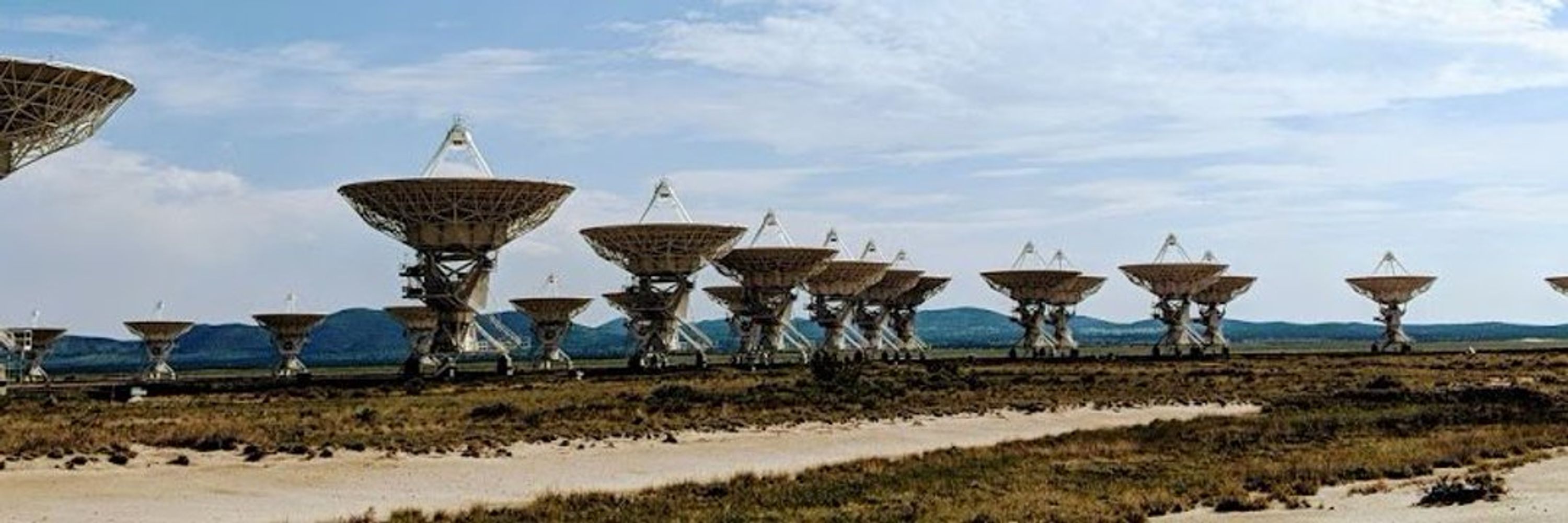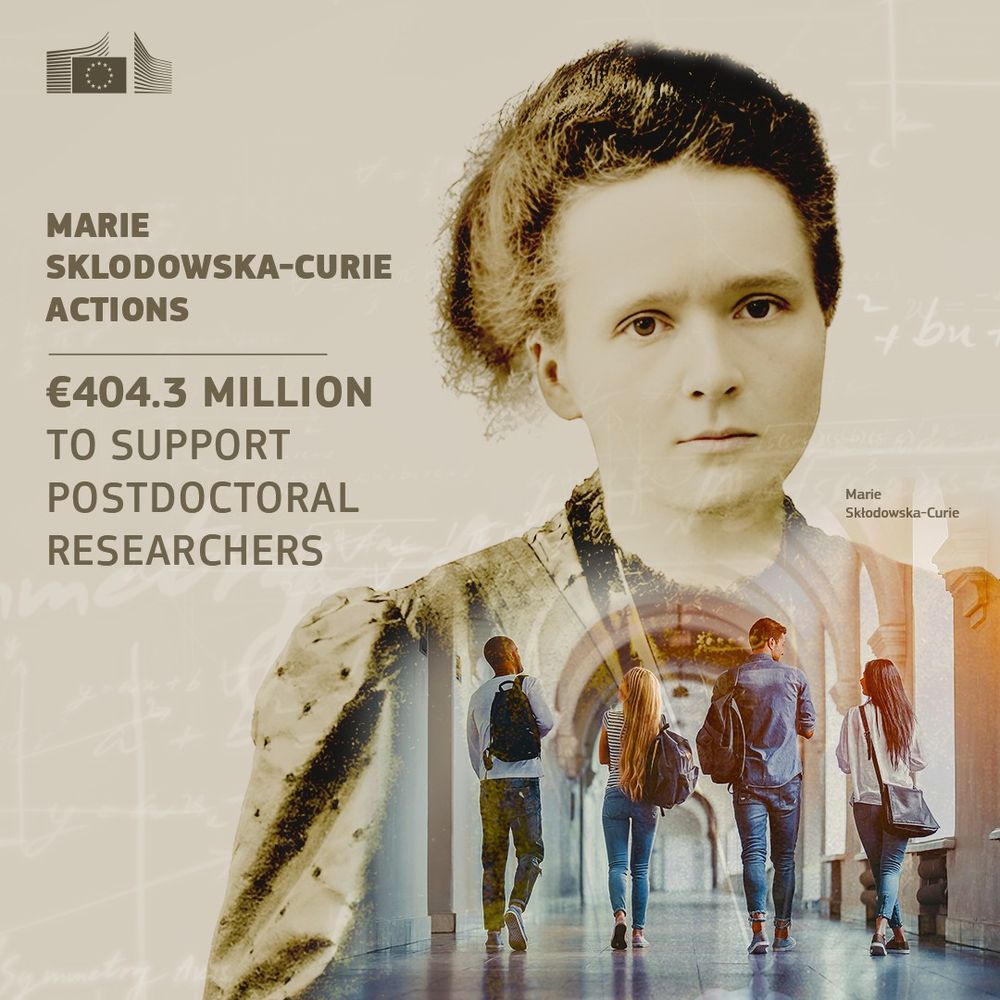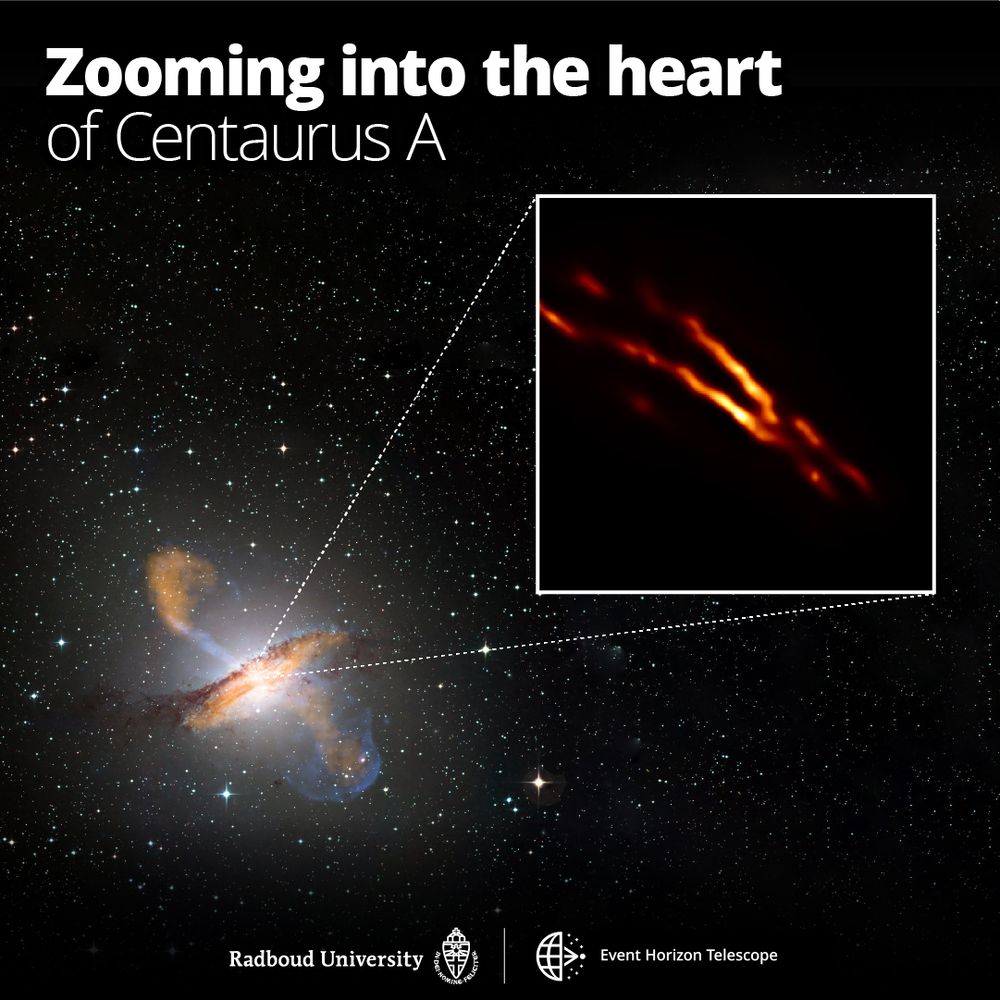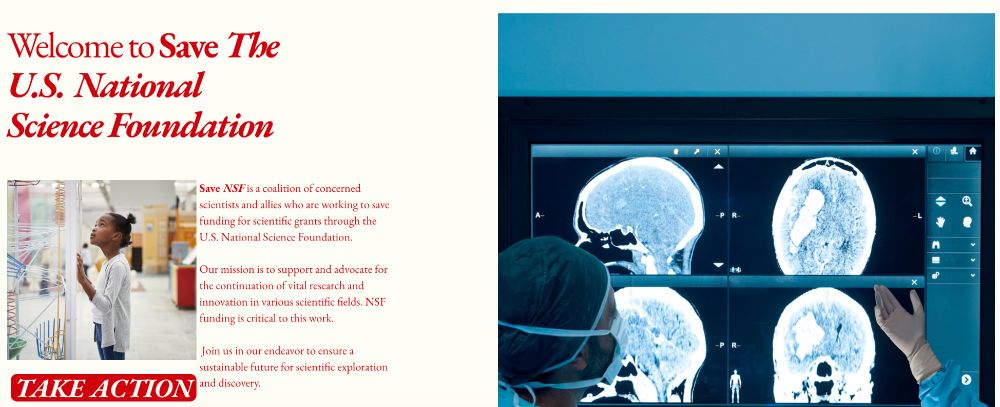
A major upgrade is coming to the NSF Very Long Baseline Array (NSF VLBA) – state-of-the-art ultra wideband receivers capable of operating across the frequency range of 8 - 40 gigahertz (GHz).
#RadioAstronomy #Astronomy #NRAO #VLBA

A major upgrade is coming to the NSF Very Long Baseline Array (NSF VLBA) – state-of-the-art ultra wideband receivers capable of operating across the frequency range of 8 - 40 gigahertz (GHz).
#RadioAstronomy #Astronomy #NRAO #VLBA
10 YEAR OLD ME IS LOSING HER MIND (a thread 🧵)
🎉 Celebrate 10 years of gravitational-wave astronomy with us 🎉
ligo.org/wp-content/u...
🔭🧪⚛️ #GW10Years

🎉 Celebrate 10 years of gravitational-wave astronomy with us 🎉
ligo.org/wp-content/u...
🔭🧪⚛️ #GW10Years
Scientists hope that the images captured by NASA’s Parker Solar Probe on its closest-ever approach to the sun in December will help them solve this and other solar mysteries.
buff.ly/awqvp3R

Taken in 2007 by the New Horizons probe on its way to Pluto, the images span about eight minutes.
The motion of erupted ash and debris is from a volcano called Tvashtar, and rises 330 km into space.


Here is SS 433, the first identified microquasar.
It is about one of the most exotic star systems known, a binary star microquasar consisting of a stellar-mass black hole and its companion, a giant star.
The star is about 30 solar masses, ...
➡️ www.desy.de/news/news_se...
🔭 🧪 #cosmology
Here is SS 433, the first identified microquasar.
It is about one of the most exotic star systems known, a binary star microquasar consisting of a stellar-mass black hole and its companion, a giant star.
The star is about 30 solar masses, ...
➡️ www.desy.de/news/news_se...
🔭 🧪 #cosmology

", Hopkins, A. et al. This is Figure 1. To read the paper visit doi.org/10.1017/pasa...



Credit: ESO/E. Congiu et al.



Credit: ESO/E. Congiu et al.
aas.org/posts/news/2...
@policy.aas.org

The NSF NRAO has successfully completed initial observations with its newly upgraded Very Long Baseline Array (VLBA) digital systems, marking a major milestone.
#Astronomy #RadioAstronomy #VLBA

The NSF NRAO has successfully completed initial observations with its newly upgraded Very Long Baseline Array (VLBA) digital systems, marking a major milestone.
#Astronomy #RadioAstronomy #VLBA

Read more and check out the image gallery: public.nrao.edu/news/image-r...
#Astronomy

Researchers must develop an application with their prospective supervisor and apply together with their future host organisation."
A new Marie Skłodowska-Curie Actions Postdoctoral Fellowships 2025 call is now open.
With a budget of €404.3 million, it will support around 1,650 researchers from Europe and beyond.
Apply by 10 September → europa.eu/!fBTMgF

Researchers must develop an application with their prospective supervisor and apply together with their future host organisation."

Has a take action toolkit with:
1. Press outreach templates
2. Social media toolkit
3. Elected official outreach
4. Talking points
Check it out and share widely!!!! Likely more to come.
www.savensf.com

Has a take action toolkit with:
1. Press outreach templates
2. Social media toolkit
3. Elected official outreach
4. Talking points
Check it out and share widely!!!! Likely more to come.
www.savensf.com

